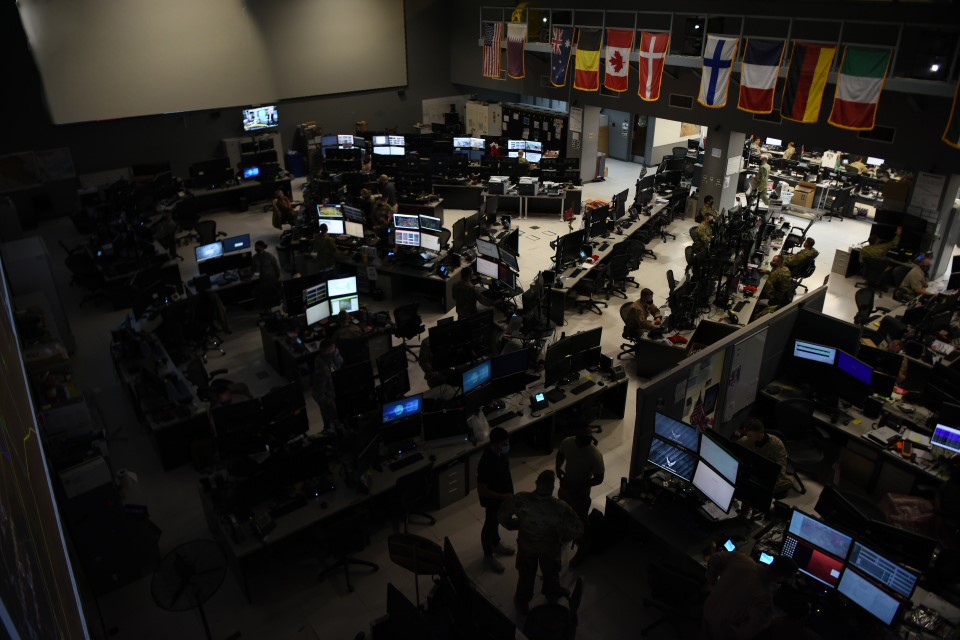Alain
Member
The year was 1993. The place, San Diego, near Lindbergh Field, in a 600 sq. ft. apartment. The rig was my trusty ICOM R71-A receiver, w/o passband. I still have the ICOM, but it needs new caps; the LSB is really garbeled! Back then, I had installed the WILLCO Electronics "ICM1024" [P.O. Box 788, New Lenox, Ill. 60451] channel/expanded memory board. The cost, [I stll have the receipt!] was $128.95. Lots of money back then.
It took the radio from 99 memories to a total of 1024 memories. Lots of "utes" loaded. {I believe that someone is still reproducing these boards for the ICOM unit]. My antenna was strung around the perimeter of the room's ceiling; sort of a "square loop", consisting of 150+' of stranded copperwire, terminated into the R71-A.
Anyway, one day I was tuning in on the 10 MHz band and just happened to catch a Boeing heavy [747] about to depart for...Rio de Janeiro. In a nutshell, I followed the Boeing across the U.S.A. to the Gulf of Mexico, just entering the South Atlantic. By that time I was so tired, I had to go to sleep.
I fell asleep; the radio still on, still listening to the Boeing. I assume he was about 30-60 minutes from touching down. It was quite a thrill following for so many hours and the many contacts the pilot made along the way!
What is your greatest DX catch?
It took the radio from 99 memories to a total of 1024 memories. Lots of "utes" loaded. {I believe that someone is still reproducing these boards for the ICOM unit]. My antenna was strung around the perimeter of the room's ceiling; sort of a "square loop", consisting of 150+' of stranded copperwire, terminated into the R71-A.
Anyway, one day I was tuning in on the 10 MHz band and just happened to catch a Boeing heavy [747] about to depart for...Rio de Janeiro. In a nutshell, I followed the Boeing across the U.S.A. to the Gulf of Mexico, just entering the South Atlantic. By that time I was so tired, I had to go to sleep.
I fell asleep; the radio still on, still listening to the Boeing. I assume he was about 30-60 minutes from touching down. It was quite a thrill following for so many hours and the many contacts the pilot made along the way!
What is your greatest DX catch?


